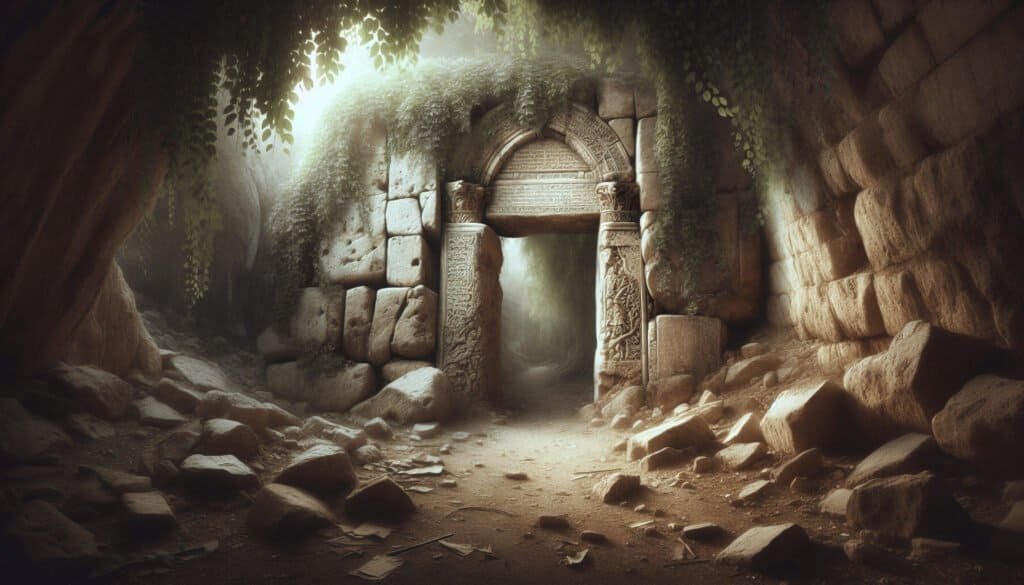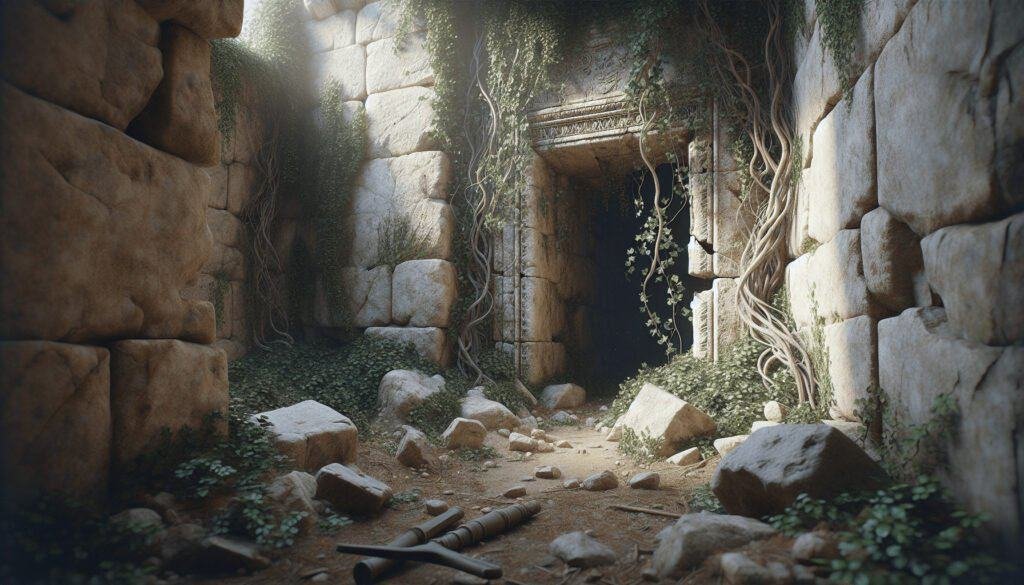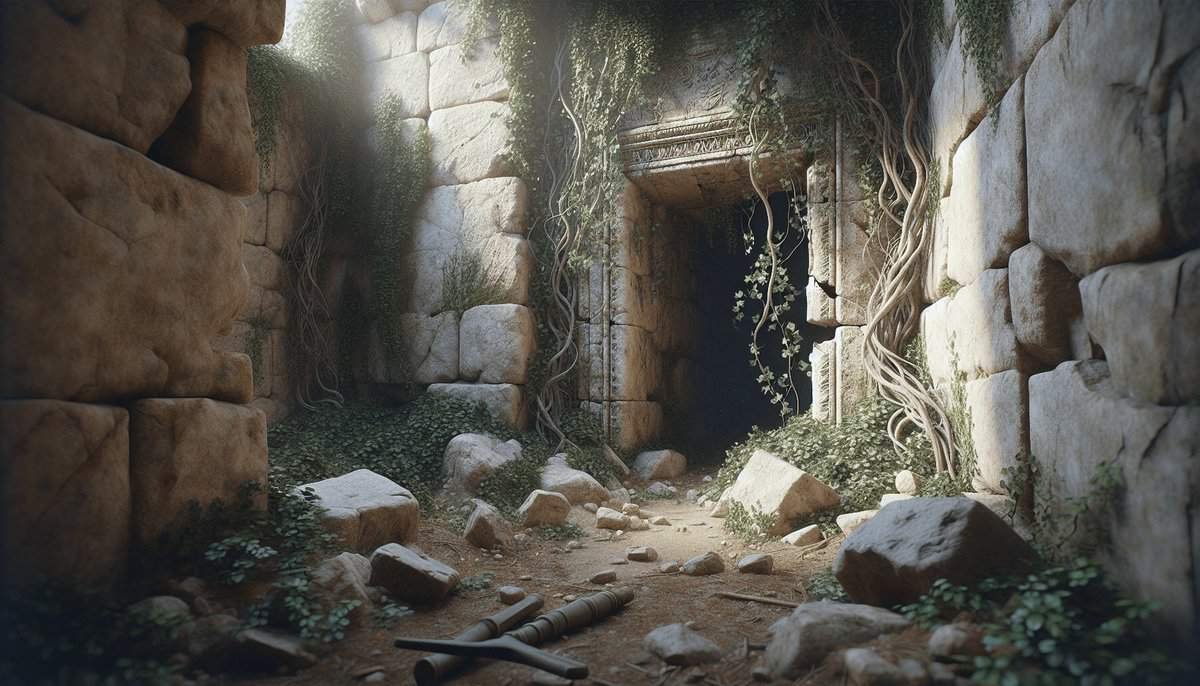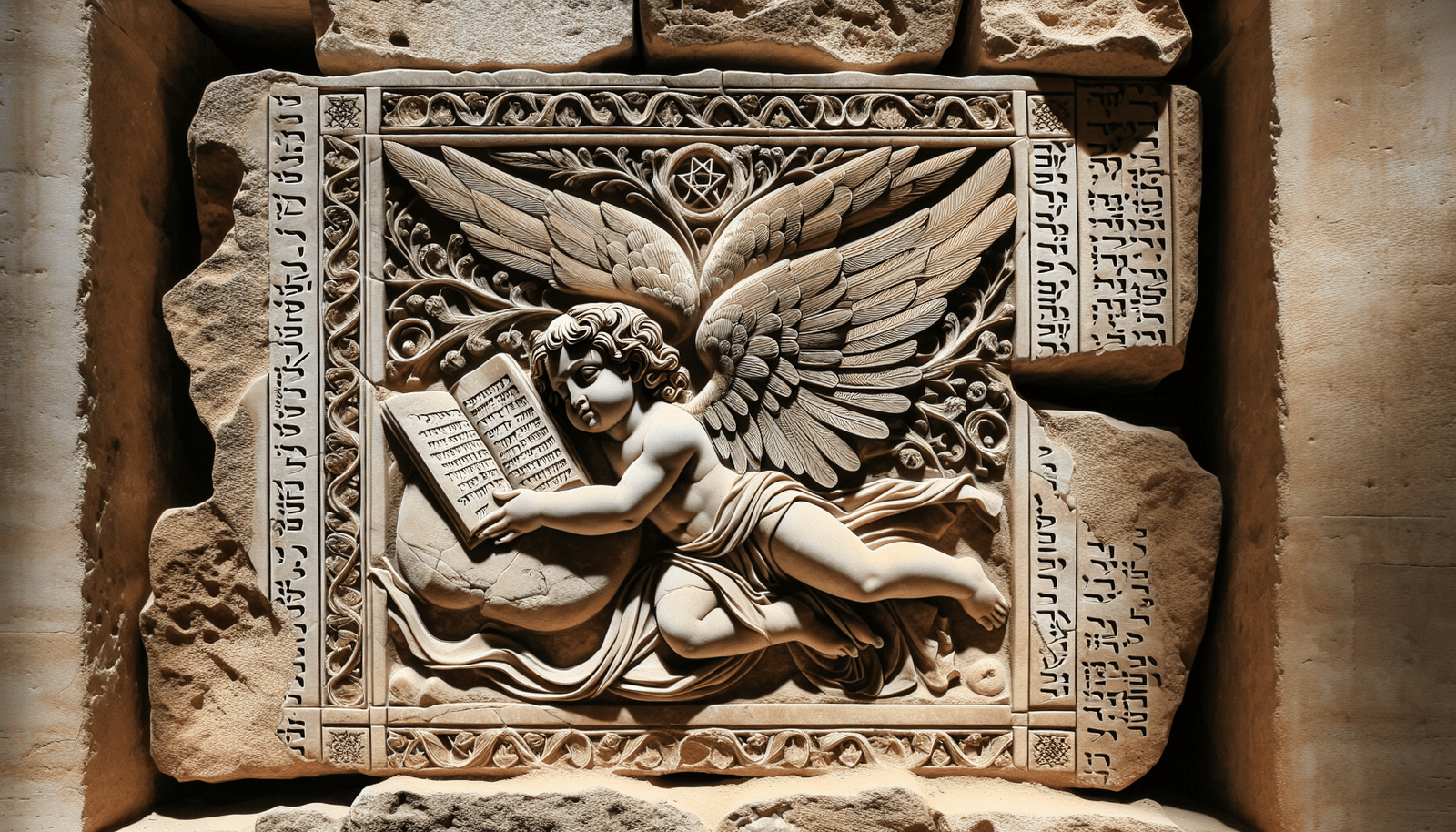Have you ever wondered what secrets lie behind a blocked door, especially one steeped in history? The City of David, a site rich in biblical lore and archaeological significance, is home to such a door—not an ordinary one, but one that speaks volumes about restoration, both physical and metaphorical.
Unblocking the Past: The Significance of the Blocked Door
This door, situated in one of the most historically significant areas of Jerusalem, has long puzzled archaeologists and historians alike. What does it represent? Is it a barrier to the past or a gateway? Understanding its importance is crucial for anyone interested in the layers of history that have shaped this sacred city.
The City of David: A Brief Overview
Before we delve deeper, let’s take a moment to appreciate what the City of David is all about. As the oldest part of Jerusalem, this area was the original settlement founded by King David. It has become a focal point for biblical archaeology and reveals a tapestry of Jewish history.
- Historical Background: Founded around 1000 BCE, the City of David is often regarded as the birthplace of contemporary Jerusalem.
- Key Archaeological Sites: From ancient water systems to remnants of royal architecture, this city offers a glimpse into life during ancient times.
Understanding the Blocked Door
This door is more than just a physical structure; it serves as a symbol of the city’s complex history.
- Physical Characteristics: The door appears to be made of limestone and displays craftsmanship indicative of the periods during which it was used.
- Cultural and Theological Implications: Throughout history, doors have often represented transition and sanctity—a threshold into another world.
The Story Behind the Door
Archaeological Findings
In recent digs, archaeologists have stumbled upon various artifacts surrounding the blocked door, shedding light on its original purpose.
- Artifacts and Their Context: Items such as pottery and tools have been recovered from the area. They help date the door and provide context for its use, possibly as an access point to a temple or other significant site.
| Artifact Type | Era | Significance |
|---|---|---|
| Pottery | 8th-7th BCE | Daily life; religious practices |
| Tools | 9th BCE | Construction; craftsmanship |
| Coins | 5th BCE | Trade; economic interactions |
Historical Records and References
Biblical texts also reference doors, often metaphorically. For instance, in the Book of Isaiah, the concept of “opening doors” is tied to freedom and divine intervention. The blocked door could symbolize oppression or a time when spiritual access was limited.
- Key Biblical References:
- Isaiah 22:22: “And I will place on his shoulder the key to the house of David; what he opens, no one can shut, and what he shuts, no one can open.”
- Revelation 3:8: “I have placed before you an open door that no one can shut.”

The Cultural Context of Restoration
Restoration in Biblical Times
To fully appreciate the story of the blocked door, it’s essential to explore what restoration looked like in biblical times. Restoration was not merely a physical act; it was intertwined with cultural identity and spiritual renewal.
- Historical Practices: Evidence suggests that during significant periods, such as the Babylonian Exile, restoration involved rebuilding not just structures but community ties and religious practices.
Modern Interpretations
Today, restoration takes on new meanings. In contemporary discourse, the concept of restoration often deals with healing—both personal and communal—amidst trauma and dislocation.
- Psychological Aspects of Restoration: Similar to unblocking a door, people attempt to remove barriers to emotional and spiritual healing.
Analyzing the Different Perspectives on Restoration
The Archaeologist’s Viewpoint
For an archaeologist, the blocked door is a treasure trove of information—an incomplete puzzle waiting to be solved.
- Excavation Importance: Every tool and stone has its place, and removing the block could yield insights into the socio-economic conditions of ancient Jerusalem. Yet, many archaeologists contend that protecting these sites is crucial to understanding them.
The Theologian’s Perspective
From a theological standpoint, the door represents more than a mere obstacle; it symbolizes the struggle between human limitation and divine possibility.
- Spiritual Significance: Many theologians view the process of restoration as a reflection of God’s ongoing work in the world, reminiscent of spiritual rebirth and redemption themes found throughout scripture.
The Community’s Role
Communities connected to these historical sites often feel a deep-rooted responsibility for their preservation.
- Heritage and Identity: The relationship communities have with their history shapes their identity today; thus, they play an essential role in advocating for restoration efforts.

The Process of Unblocking the Door
Techniques in Archaeology
Both modern and ancient techniques are valuable when it comes to the restoration of sites like the City of David.
- Traditional Techniques: Historically, many structures were rebuilt using stone and mortar prevalent during the time. Today’s archaeologists use sophisticated technology to minimize damage when they excavate and unblock areas.
| Technique | Description |
|---|---|
| Stratigraphic Excavation | Layers of soil are analyzed to understand chronology. |
| 3D Scanning | Creates digital representations of the site. |
Challenges in Restoration
Restoration is rarely straightforward. The interplay between historical accuracy, community needs, and archaeological preservation often complicates the process.
- Conservation vs. Reconstruction: Experts often debate whether to preserve as is or restore to an idealized version. Each choice tells a different story.
The Fruits of Restoration
Cultural Revitalization
When a door is unblocked, the possibilities for revitalization resurface. The City of David can emerge as a cultural hub, fostering understanding and appreciation for its history.
- Tourism and Education: By making these sites accessible, you open the door for tourism and educational opportunities that offer a glimpse into the past.
Spiritual Renewal
Communities often find spiritual renewal through restoration. It’s as if the act of unblocking a door allows fresh air and new ideas to flow into a previously stagnant space.
- Analogies in Life: Just as you might clear physical clutter from a room, unblocking the door can be a metaphor for clearing mental and spiritual clutter.
Bridging Ancient Contexts with Modern Perspectives
The ongoing story of the blocked door brings forth relating the ancient and modern worlds.
- Lessons for Today: The struggle for restoration, both personal and communal, resonates in today’s fast-paced, often chaotic world. Understanding how past communities navigated their challenges offers valuable insights as you face your own.
The Importance of Historical Awareness
So, why does historical awareness matter? Well, reflecting on the past can lead to a more empathetic and thoughtful society. As we study the intricacies of restoration—be it architectural, cultural, or spiritual—we open ourselves to greater understanding.
Conclusion: Unblocking Potential
In unraveling the story of the City of David’s blocked door, you find a narrative rich with lessons of history, faith, and resilience. The door encapsulates themes of restoration that are vastly important, not just in archaeological circles but in life as you know it.
In understanding the significance of this blocked door, you peel back layers of history that continue to inform the present and suggest possibilities for the future. Just like every door, it may take effort to open, but what lies on the other side could be transformative. Whether for yourself, your community, or society at large, unblocking potential allows for the discovery of new pathways and opportunities—much like the ongoing journey of restoring the City of David.
By understanding these connections and insights, you cultivate a richer appreciation for the narratives that shaped Jerusalem, offering a window into how ancient histories can inform modern lives. The City of David, through its stories, whispers timeless truths that resonate with the quest for restoration and renewal, carving out an enduring legacy for all who venture to listen.



